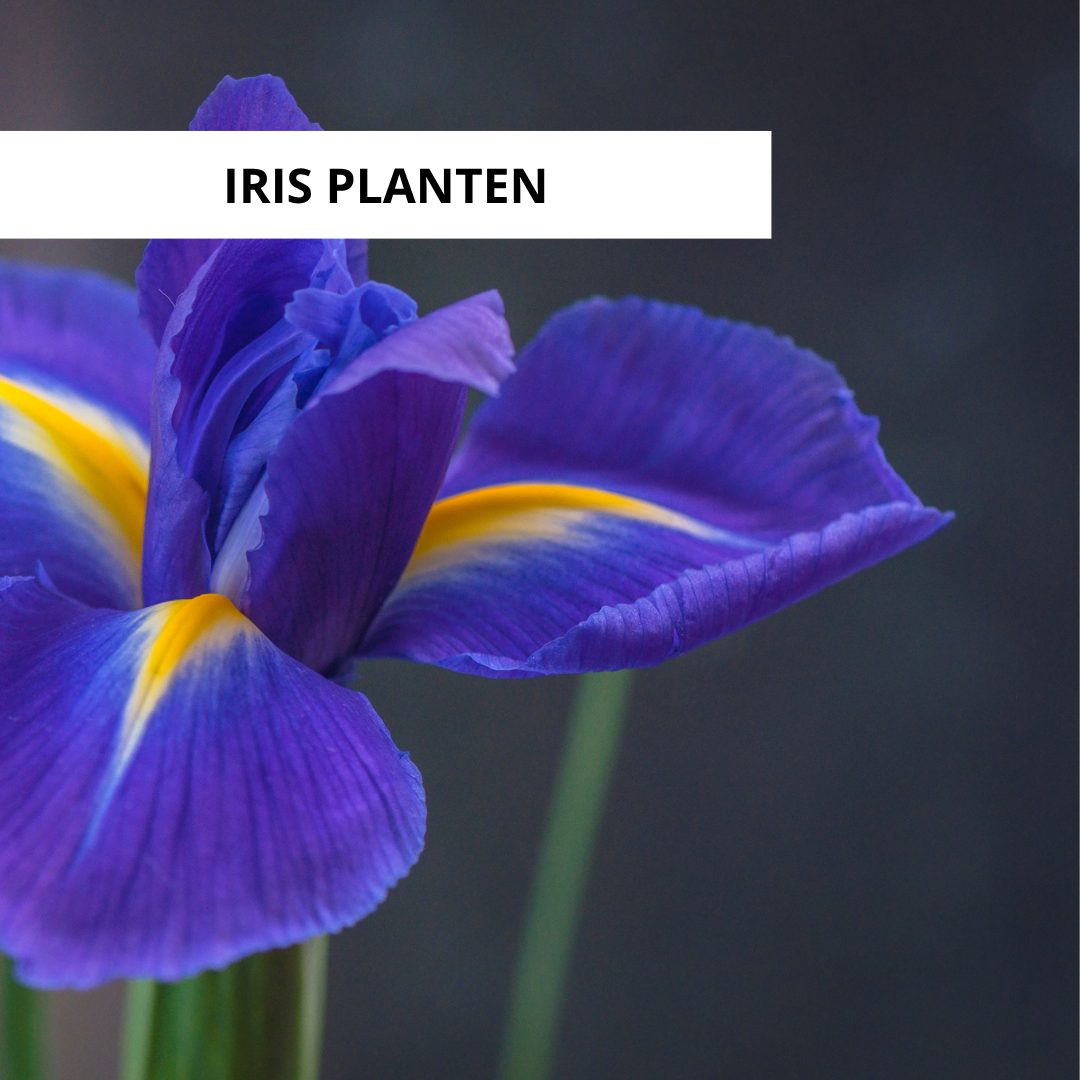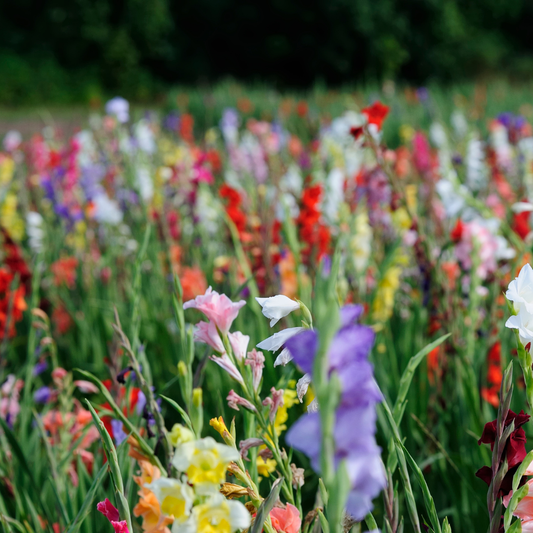
When to Plant Irises?
Share
When can you plant irises?
Irises are colorful and elegant plants that require little effort, yet create a striking effect in your garden. They come in many varieties, from the familiar bearded irises to the more simple Siberian varieties. But the right time to plant them is essential for enjoying abundant blooms.
The best time to plant irises is from late July to early October. This is especially true for the bearded iris (Iris germanica), which goes into dormancy after flowering in June. This allows them to benefit from residual warmth in the soil to develop good roots before winter.
Do you have a greenhouse or conservatory? Then you can plant them carefully as early as July, especially in damp weather or on a partly cloudy day. Avoid dry or hot days, as this will cause the root system to dry out too quickly. In open ground, September is ideal: the temperature is dropping, but the soil is still warm enough.
How do you plant irises in open ground or a greenhouse?
In open ground, it's best to choose a sunny spot with well-drained soil. Irises absolutely hate wet feet. If you have clay soil, mix in some perlite or pumice . This will provide sufficient aeration and allow excess water to escape.
Plant the rhizomes just below the soil surface, with the tops still slightly visible. They are susceptible to disease if they are completely buried. Lay them horizontally with the roots spread out and cover them lightly with soil.
In a greenhouse, you have more control over temperature and humidity. Avoid over-humidity, as irises are susceptible to mold. In a greenhouse, it's beneficial to start earlier in the planting season, in July or August, so the plant can establish itself well before autumn.
Types of irises and when to plant them
Not all irises are the same. The bearded iris (such as Iris germanica) is the most popular garden variety. It grows best when planted from late July onwards. Early autumn is ideal, allowing it to strengthen itself for the winter.
Then there are the unbearded varieties like Iris sibirica (Siberian iris) or Iris pseudacorus (yellow iris). You can also plant these in spring (March–April), once the worst frost has passed. But here too, an early autumn day with some cloud or light rain is usually the mildest start for the plants.
Care after planting
Water lightly after planting, especially if it's been dry for a while. Provide some extra moisture in the first few weeks, but keep a close eye on everything, as overwatering is detrimental. Irises, like the yucca , prefer to be a bit dry rather than wet.
Don't cover the soil around the rhizomes with mulch. Irises need the warmth of the sun around their rhizomes to prevent rot. Unlike shade-loving plants like Calathea Orbifolia , irises prefer sun at their feet.
What is the ideal location for irises?
Choose a spot that gets at least six hours of sunlight a day. Even more sun? Even better! Irises need light for vigorous blooms and to prevent disease. Also, ensure adequate air circulation. Avoid areas where wet leaves can linger or where fog accumulates.
Want to combine irises with other sun-lovers? Consider plants like Strelitzia or Alocasia Zebrina , which, like irises, love warmth and space.
When do irises bloom?
If you plant irises at the right time, you can usually count on a beautiful bloom in May or June. Some varieties also bloom later or even twice a year, depending on the climate and care. There are remontant varieties that bloom again in late summer. So, if you don't see any flowers in September, don't panic, you might get double the fun the following year.
Combining irises with flower bulbs
A nice tip: combine your irises with spring-flowering bulbs like daffodils or crocuses . They bloom early and will be gone by the time your irises are at their peak. Just be careful not to miss their planting time. You can find more information about this on our blog here .
Summary: When to plant irises?
- Best period: end of July to end of September.
- In greenhouse: from July in cloudy or rainy weather.
- In open ground: preferably on a sultry autumn day in September.
- Position: full sun, well-drained soil.
- After planting: Water lightly in dry periods, but do not overwater.
Want to know more about when to plant other plants? Be sure to check out our other articles, such as when to plant dahlias or when to plant alliums .
Feeling inspired to give your garden a makeover? Don't forget your beautiful pots , or browse our selection of indoor houseplants to bring the outdoors inside.


